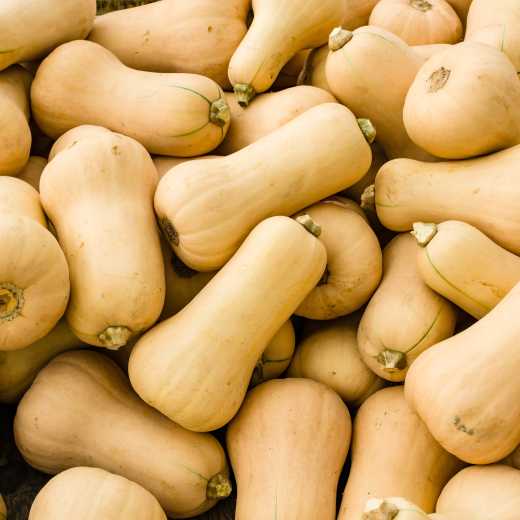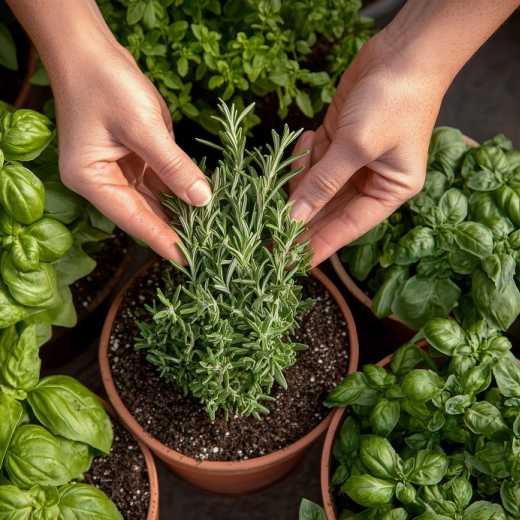Lemongrass
Lemongrass is probably one of the easiest, cheapest herbs you can grow. You can purchase short, unrooted culms (stalks) at the local Asian grocery stores and simply stick them in the soil in large containers or in the ground.
Last year I bought three culms for less than a dollar in July. They were a foot tall with little to no roots. I planted the three in one large plastic container. I left them in full sun, on the deck, and ignored them. However, here in Virginia we had an unusually wet summer, it seemed to rain all the time. By September, the three plants have grown to 4 feet tall, and the container was very heavy.
I was growing mine for culinary purposes, but lemongrass can be used as an ornamental for the summer garden. Its graceful slender foliage is a great thriller plant for large container plantings and its height can serve as a screen for the back of a perennial border or even as a summer hedge. Plant them about 2 feet apart to give them plenty of space to let the foliage arch gracefully downward. Grow lemongrass in full sun and rich soil with plenty of water at first to have the roots become established.
Lemongrass is very versatile in the home. The fragrant leaves can be used for floral arrangements, even dried floral arrangements, and potpourri. In the kitchen, the leaves are best used fresh or dried in a liquid where you can remove before eating or drinking, much like bay leaves. I infuse the leaves in my black tea for a lemon flavor and I use them in coconut curry soup and egg drop soup. When cooking dishes like stir-fry, fish, seafood, chicken, rice, and even baked goods, cut a culm that is least a foot tall with a half-inch swollen base. Cut below the swollen end, which is what you will use in the dish, and remove the outer, fibrous layers (the remaining culm in the container will re-sprout). Cut to the inner, white heart, which should be soft enough to eat in dishes. If you have too much, store in plastic bags in the freezer.
Lemongrass, Cymbopogon citratus, is native to India and Sri Lanka and hardy to Zone 9. I treat lemongrass as a tropical plant in my Zone 7 Virginia garden. As frost approaches in October, I have several options for my plants. Option one: I could drag this heavy container to my office where I have better light than at home to overwinter until next May. Option two: I could cut the culms into small sections and dry or freeze them. Option three: I can dig the plants up, cut down to a few inches, re-plant in small pots, and place indoors at a south facing window at home. By keeping the soil barely moist, the roots remain alive through the winter so the pots can go back outside next year. Option four: Since the three culms cost less than a dollar, I can do nothing and simply start all over again next year.
This past year, I elected option two so I can continue to have hot, lemon-flavored tea during the cold winter months. This year, I will pay another visit to the Asian market and for less than a dollar, plant lemongrass again for flavor as well as beauty.
National Garden Clubs, Inc. is a 501(c)(3) organization that aims to promote the love of gardening, floral design, and civic and environmental responsibility. There is a local club near you, click here to find one and join. Subscribe to the NGC’s blog by entering your e-mail here. You do not have to be an NGC member to subscribe. NGC welcomes blog article submissions, e-mail the Blog Administrator at blog@gardenclub.org.

 Member Login
Member Login






